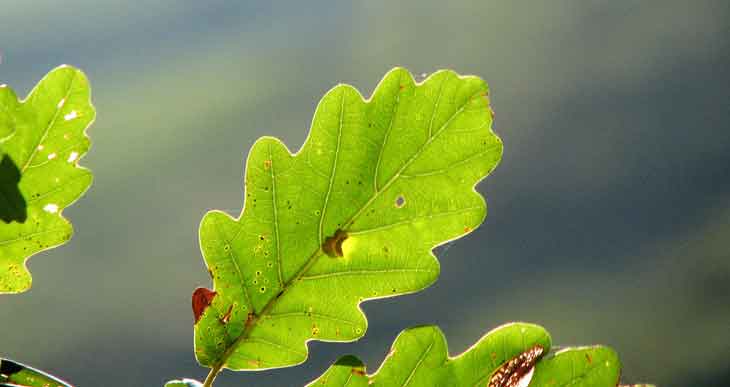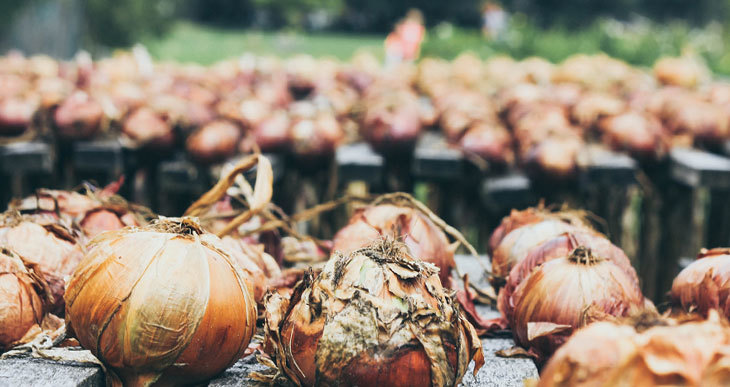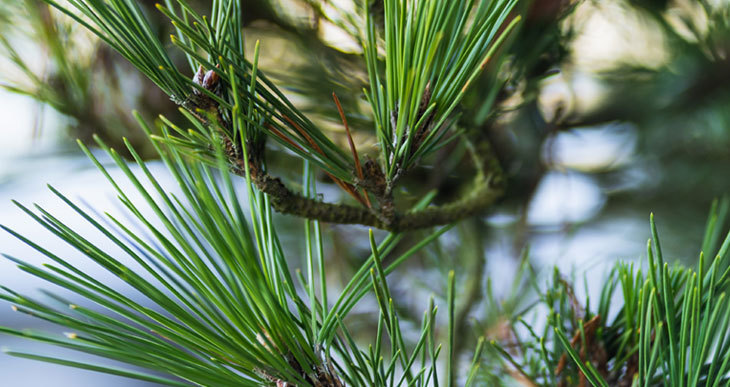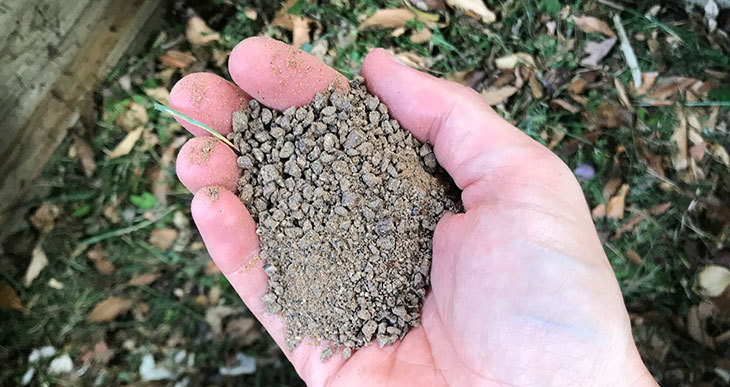Pineapple In Compost (The Surprising Truth)

Fruit and veg scraps are usually welcomed into compost piles.
They’re one of the most readily available sources of greens – the nitrogen-rich organic wastes essential to successful composting.
However, pineapple is one fruit often singled out for being potentially troublesome in compost.
There are a few reasons many people think twice before throwing pineapple into their compost.
In this article, I’ll clarify why some gardeners are concerned and discuss whether their worries are well-grounded. I’ll also offer ways to get around possible problems so you can safely add pineapple waste to your compost.
Can You Compost Pineapple
You can compost pineapple, but it needs to be done carefully.
Pineapple is a composting “loose cannon” for three reasons:
- It’s acidic.
- It’s high in sugar.
- It has a tough core, peel, and leaves.
Pineapple Is Acidic
Pineapples have a pH of about 3 or 4, making them highly acidic. Their acidity is largely down to their citric acid content. This is what makes citrus fruits acidic, too.
While a bit of pineapple now and then shouldn’t mess with your compost’s pH, adding pineapple by the bucketful would likely make your compost too acidic. This could upset the composting microorganisms and trigger a go-slow on decomposition.
Pineapple Is High In Sugar
There’s a reason pineapple is mouth-wateringly sweet: it contains lots of sugar. A thin slice (2 ounces) packs about a teaspoon of the sweet stuff.
Pineapple’s high sugar content can attract pests like flies, rats, raccoons, and even bears and wolves (if these creatures roam around your area) to your yard.
Pineapple Has A Tough Core, Peel, And Leaves
Pineapples’ middle, peel, and spiky crowns are made of solid substances that don’t break down easily.
The tough parts will eventually decompose, but they’ll take their time to turn into compost.
These factors shouldn’t stop you from composting pineapple; just do so with caution.
Below I’ll share my top tips for composting this tropical fruit. Since most of us tend to waste quite a bit of pineapple’s delicious edible parts when we peel them, it’s a good thing our gardens can at least benefit from what we don’t eat!
Is Pineapple Good For Compost
All parts of pineapples will break down over time, contributing their nutrients to your compost and creating a more nutritious soil supplement.
Studies have shown that pineapples might also add something extra special to your soil. Scientists have found a pure form of the mineral silica in pineapple peel. Manufacturers add silica to fertilizers to boost plant health by strengthening them and protecting them from pest attacks and disease.
Fresh Pineapple In Compost
Pineapples are most acidic while they’re growing. They then become less acidic as they ripen.
If you’re watching your compost’s acid levels, be aware that young or underripe pineapple will add more acid to the mix than pineapple that’s given longer to ripen.
Composting Old Pineapple
As pineapples ripen, their citric acid content decreases, making them less acidic.
So, older pineapple is less acidic in your compost than freshly picked pineapple and will have a lower effect on the overall pH levels.
How To Compost Pineapple

The easiest way to compost pineapple is by following these guidelines:
- Thoroughly rinse the peel and leaves to get rid of pesticide residues that may be lurking there.
- Chop the peel, leaves, and core (if you won’t be eating it) into pieces about an inch in size.
- Check that you don’t disturb the balance of greens to browns or moisture level when you add the pineapple to your compost. Your compost could become too moist if you toss in lots of water-dense pineapple flesh. Throw in some absorbent browns (like sawdust or shredded paper) to get the moisture level right.
- Turn your compost regularly to give the composting microorganisms some air.
As a general rule, with any fruit and vegetable scraps, you should always bury this waste material deep in the pile. A layer of dried leaves or a spadeful of soil will act as a biofilter to mask smells. This helps keep unwanted critters away and reduces unpleasant odors. Biochar or horticultural charcoal also works well. (Amazon)
Composting Pineapple Scraps
Unlike its peels, core, and leaves, pineapple’s juicy flesh breaks down fast, adding a good dose of nitrogen to your compost.
But don’t put too much pineapple flesh into your compost (rather eat it yourself!).
Fruit scraps have the highest moisture content compared to any other type of organic waste. Keep this in mind when considering the amount of water you add to your compost.
Tip: if you enjoy making homemade juices with a juicer, use the pulp from pineapples (or other ingredients) to put in your compost bin. The significant advantage is they are already mashed up and will break down quickly into compost.
Can I Compost Pineapple Skins
Chunks of pineapple peel take ages to decompose. So, by the time the rest of your compost is good to go, the peels will probably still be hanging around.
You’ll fast-track the process and increase the chance your organic wastes will all break down simultaneously by cutting pineapple peels into small pieces. Aim for about an inch per piece. The little pieces give microorganisms more surface area to get stuck into so they can do their job of decomposing quicker. (I use a spare blender like this to quickly chop up kitchen waste) Amazon.
However, suppose you cut up all your organic wastes before composting them. In that case, your compost could become too dense for air to flow through easily. You’ll need to turn the compost more frequently to keep it aerated. Keep some bulky material, like bits of egg box or twigs, to improve airflow.
You could also try sun-drying pineapple peels before adding them to your compost, as dried pineapple peels might break down faster than fresh.
Putting Whole Pineapple In Compost
Dumping a whole pineapple into your compost works against the goal of efficient decomposition. Chunks of solid peel and tough leaves take long enough to decompose. Intact peel and leaves take even longer.
Suppose you pop an entire pineapple in your decomposing organic wastes. In that case, you can expect the peels and leaves to stick around a long while (however, the succulent insides will disappear quickly).
Watch what happens to a pineapple’s flesh, peel, and leaves as it decomposes:
Pineapple Leaves Are Hard To Compost
Like its peels, pineapples’ spiky crowns are also made of strong fibers that fight decomposition. Actually, pineapple leaves are so tough that they’ve been turned into a leather alternative for making clothes, accessories, and upholstery!
You’ll help your pineapple leaves break down faster by shredding them before adding them to your compost.
Shredding the leaves increases their surface area to make decomposition easier for the hardworking microorganisms.
Compost shredders are one of the most valuable tools you can own if you regularly compost.







